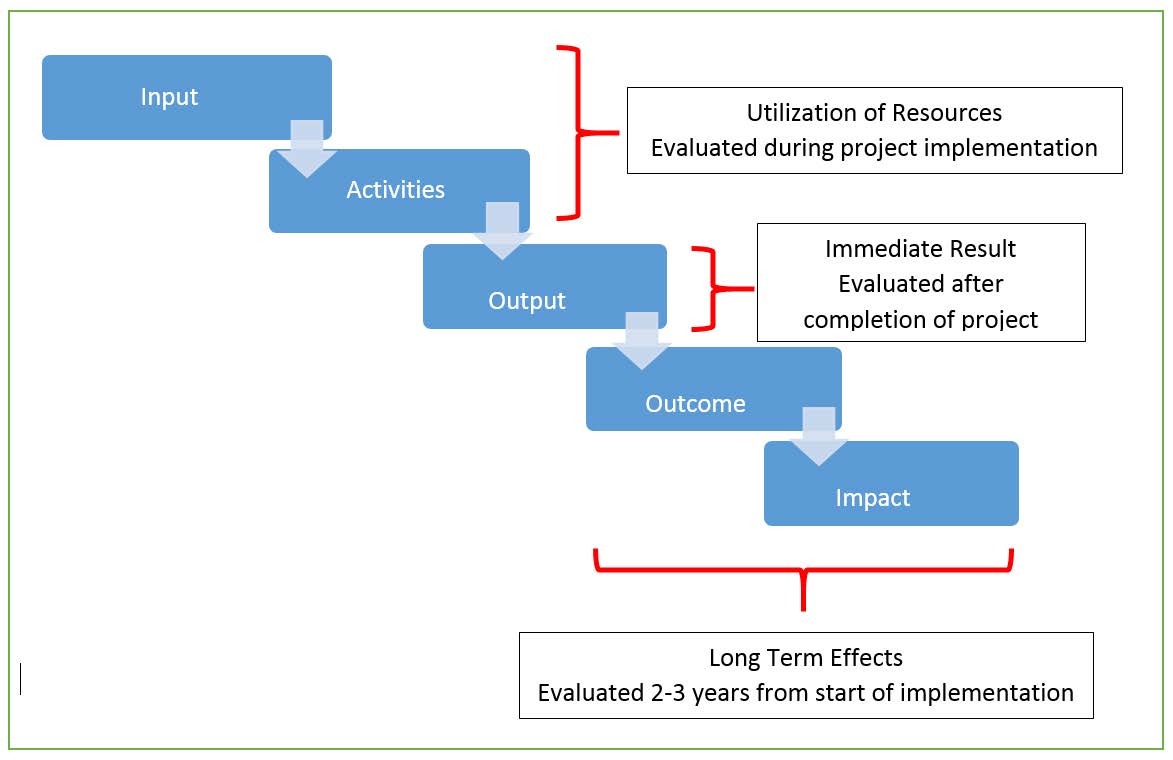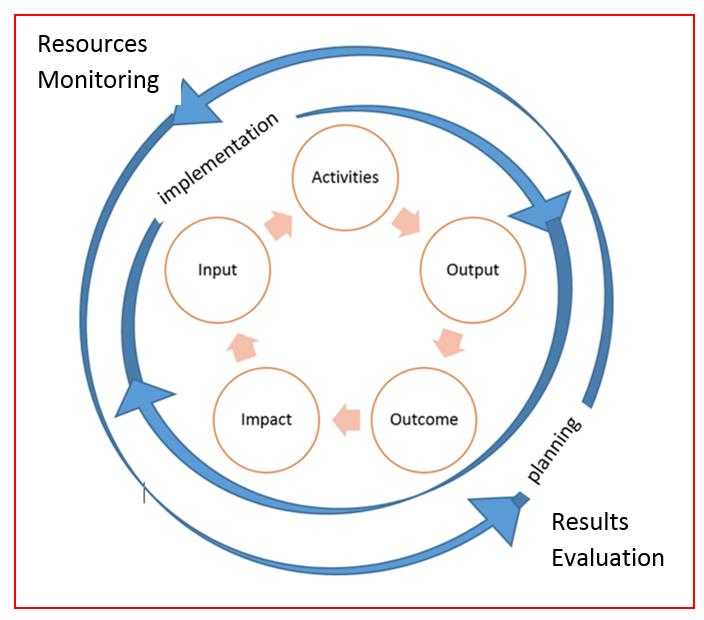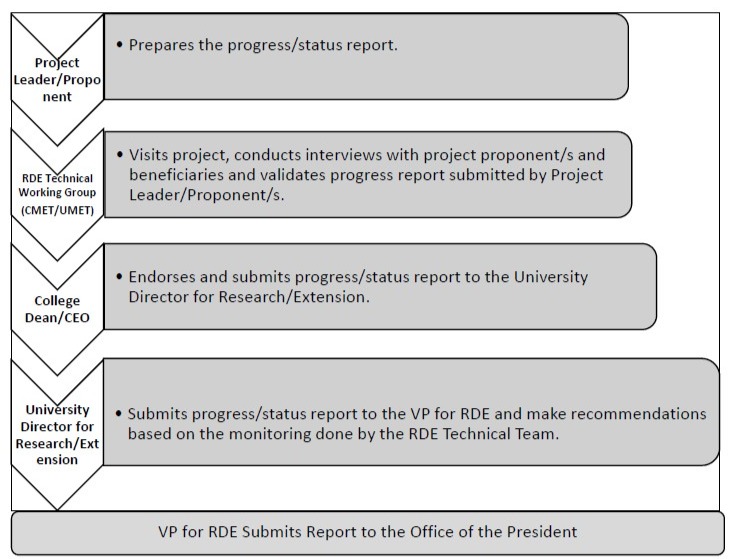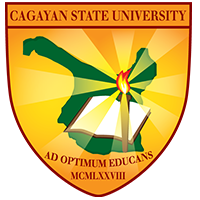



RDE Monitoring and Evaluation
Monitoring and evaluation enhance the effectiveness of RDE programs, projects, and activities of the Cagayan State University by establishing clear links between past, present, and future interventions and results.
Monitoring and evaluation helps the University extract, from past and ongoing activities, relevant information that can subsequently be used as the basis for programmatic fine-tuning, reorientation and planning. Without monitoring and evaluation, it would be difficult to judge if the work is going at the right direction, whether progress and success could be claimed, and how future efforts might be improved.

Performance evaluation will assess the project’s success in achieving the outputs with the inputs provided and activities conducted. Evaluation of the project’s success in achieving its outcomes will be monitored continuously throughout the project. Reliable baseline data will be collected at start of the project activities, and impact data will be collected when appropriate during the project implementation.
Monitoring is a continuing process that provides stakeholders with early indications of progress or lack thereof. Evaluation assesses progress systematically and objectively toward achieving an outcome.
Evaluation is a selective exercise that attempts to systematically and objectively assess progress towards the achievement of an outcome. Evaluation is not a one-time event, but an exercise involving assessments of differing scope and depth carried out at several points in time in response to evolving needs for evaluative knowledge and learning during the effort to achieve an outcome. All evaluations—even project evaluations that assess relevance, performance and other criteria—need to be linked to outcomes as opposed to only implementation or immediate outputs.
Inputs are the goods, services and other resources provided for an activity with an expectation of producing outputs and achieving the objectives of the project. RDE program inputs consist of the manpower and the other resources needed for the purpose of attaining the RDE program objectives. RDE program, projects, and activities are actions undertaken in order to execute and implement the plans.
Outputs are the specific products or services resulting from the application of the inputs and can be a by-product of the process of undertaking RDE. Program outputs are the physical outcomes produced by the program and measurements of services provided.
Outcomes are the changes in policy, process/practices and/ or products that result from adaptation of the project outputs by intended users.
Impacts are the results of the project outcomes. These are the aggregate effects of changes in practices, products and policy. Impacts may be classified as economic, environmental and social. Program impacts are the changes in the environment as may be brought about by the program. Impact assessment is intended to determine whether a project caused the desired effects on individuals, institutions, and other stakeholders and whether those effects are attributable to the project intervention. It is assumed that the project’s intended impact is a function of the project’s outputs which in turn depend on the project’s inputs.

All RDE Programs/Projects/Studies/Activities (RDE-PPSA) shall be financially, physically, and technically monitored and evaluated. This includes ex-ante, on-vivo, and ex-post evaluation.
RDE- PPSA shall be monitored and evaluated to determine whether the objectives, desired outcomes and impacts are efficiently achieved.
RDE Programs/Projects/Studies/Activities (RDE- PPSA) included in the Medium Term Development and Investment Plan (MTDIP) and Strategic Plan duly approved by the Board of Regents, shall be implemented with corresponding funding support from the University.
For RDE programs, projects, studies and activities (RDE-PPSA) not included in the approved Medium Term Development and Investment Plan (MTDIP) and Strategic Plan but anytime within the year, the P/P/A is thought to be essential and with potential impact to the community and the University. A duly approved project proposal is required if funding is sought from the university.
The Deans through the College RDE Coordinators shall monitor, coordinate, and consolidate students’ participation in RDE programs/projects/studies/activities (PPSA). Report shall be submitted to the Campus RDE Directors and to the university level.
The composition shall be:
The composition shall be:
Field visits are frequently used as a monitoring mechanism. Consideration should be given to the timing of the visit, its purpose in terms of monitoring, and what to look for in order to measure progress. Visits are usually complemented with key informant interviews, household interviews, and focus group discussions with project stakeholders, beneficiaries and partners. Visits shall be conducted monthly or as the need arises.
The AIHR is composed of two parts:
The accomplishment being reviewed covers one calendar year (January-December) and shall be conducted every December.
An in-house review must be conducted at the campus level for project proposals following the procedures in Chapter 4.
For completed projects, the Project Leaders and staff must submit a terminal report within thirty (30) days after completion and present the results in an appropriate RDE forum.
All equipment and facilities acquired from externally and internally funded projects should be turned over to the university supply office or provided with a Memorandum Receipt (MR) to the project leader.
All project leaders must satisfy all the requirements of the university/funding agency/ies.
For completed internally funded projects not presented during scheduled AIHR, the proponent is given another chance to present during the next review.
Outstanding Extension Worker and Best Extension Program shall be selected during the AIHR and validated during on-site monitoring and evaluation.
| PHASE | REPORT | SCHEDULE |
|---|---|---|
| Before | Project proposal | December and June |
| During | Quarterly Accomplishment Report | 1st Friday of April, July, and October |
| During | Annual Progress Report | 2nd week of December |
| After | Terminal Report | Locally funded: 1 month, externally funded: 2 months after completion |

The following forms shall be accomplished to elicit information on the University accomplishments and the level of satisfaction of clients served by the University:
| No. | Document Name | Code |
|---|---|---|
| 1 | Campus Operational Plan | F-EXT- 4202 |
| 2 | Work and Financial Plan per PPA | F-EXT- 4204 |
| 3 | Physical and Financial Monitoring Form | F-EXT – 4225 |
| 4 | Gap Monitoring Form | F-EXT – 4226 |
| 5 | Monthly Accomplishment Monitoring Form | F-EXT – 4227 |
| 6 | List of Demonstration Areas Established | F-EXT – 4219 |
| 7 | List of Adopters with Profitable Enterprises | F-EXT – 4220 |
| 8 | Training Satisfaction Feedback | F-EXT – 4209 |
| 9 | Technical Assistance/Advisory Services Feedback | F-EXT- 4212 |
| 10 | Field Day Feedback | F-EXT- 4223 |
When a project is finished or terminated, a Letter of Closure shall be accomplished by the Project leader to formalize the termination of the project. A final report shall then be submitted by the Project leader to the university and the funding agency. Terminal report including financial report shall be submitted.
Caritan Sur, Tuguegarao City, Cagayan Valley 3500
Phone: (078) 844-0098/0099 Loc. 122
Email: president@csu.edu.ph
